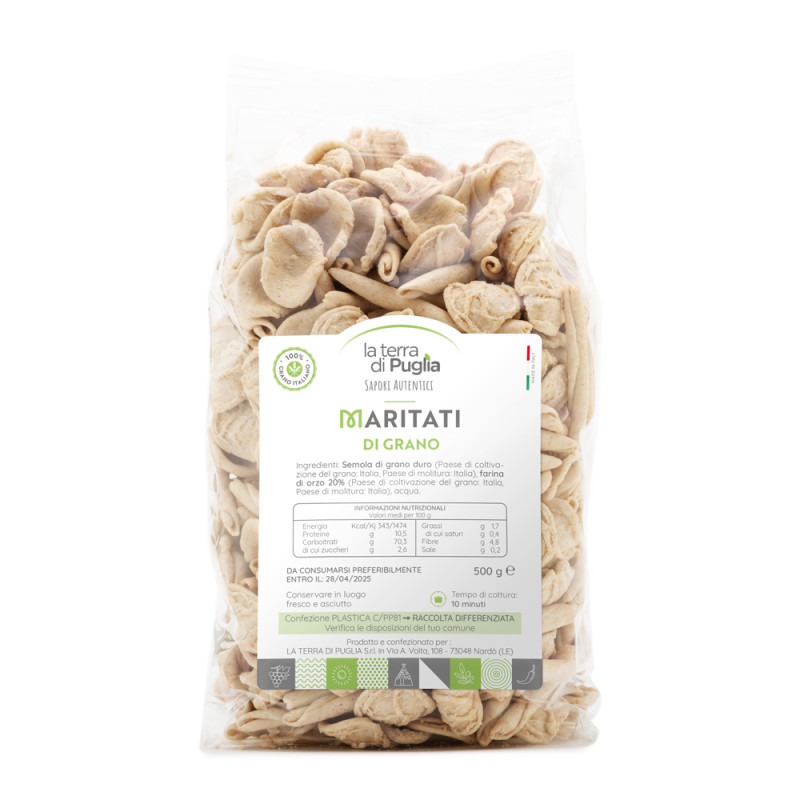Ingredient
Fava beans
The broad bean is native to Asia, although in the present it is also found - in particular - in the Mediterranean basin, and can still grow in all those contexts in which the climate is relatively cool: historians believe that the latter is native due to the precision of China, where evidence of cultivation dating back 5000 years was found. In nature, the broad bean grows on the Vicia faba plant in the form of pods about 15 centimeters long, inside which the famous seeds are found: if it is true that it was much appreciated during the age of the Roman Empire, it is equally true that it later became a food for the poor, only to be further forgotten following the introduction of the bean in Europe.







